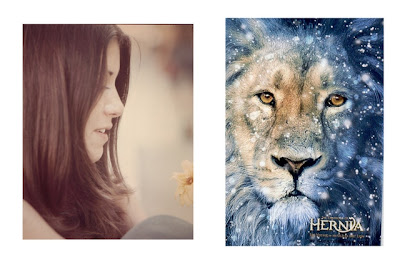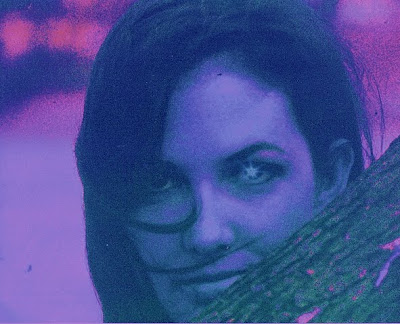No one wants to have their work stolen and used by another. Fortunately in this country we have some of the best copyright laws in the world. From the moment you put a drop of paint on a canvas, a line on paper, a nick in that block of wood, assemble those scraps of paper, or turn the wheel and draw your clay, you have exclusive right to loan, use, sell or fiddle that piece. You do have to make a mark, you can't copyright an idea, but once you have begun you own the intellectual property that your genius sparked.
So that's the end of that column. No, its isn't. Just because you own it doesn't mean someone can't come along and use it. But that's why copyrights are supposed to protect the artist, so that just anyone can't come along and use my stuff!
And they do a pretty good job. But their job isn't to keep another artist from using all or a part of your work to make a new and different bit of art. But tread carefully, the difference between art and theft is a narrow line and must be walked with careful balance.
But you do want to make new art and you can't always come up with the prefect image on your own, so how do you walk the line between theft and creativity? Carefully, very carefully.
The best way is to use a photo you own. That means painters have to get out there and take photos or borrow photos or make pals with a photographer so that they can have a solid source of material. So let's take a photo which I already own and one I have scanned in from a magazine. (No, I did not steal the photograph. Copyright law allows fair use of copyrighted materials especially for instructional purposes.)

The photo I own is of a model I worked with in the mid-60's, the one from a magazine is the lion from the Narnia stories. I thought the effect of snow falling on the highlighted lion's mussel was fantastic and I wanted to see if I could duplicate it. One tiny problem, they did it with PhotoShop in the magazine of the same name. I wanted to see if I could do it using any of the three photo editors I actually have. PhotoShop costs about the same as a 1957 Packard and I do not have such large discretionary funds lying around.
So first things first, I shifted the color spectrum way over into the blue range. Then I use an oval tool to lighten the face and finally I took some snow from my pictures of our wild winter storm.

You can see the first adjustment isn't perfect, I didn't get the seamless splash of color across the face and the image is a bit too dark. When I added the snow, the result isn't the lion, but it is a new and different image and one that I am pretty satisfied with. No I didn't get what I set out to get, but I did create an interesting picture and I learned something. I couldn't duplicate the high-prices PS but I did get a lot of what I was trying to do. And remember I learned.
Here's another image I tweaked a bit. I think it is a bit like one of the images you see in Avatar. No, I didn't get their technology to work with two free programs and one low-priced one, but I did get in the neighborhood. I'll keep working on it and who knows, one day I might just be able to make up a world of my own.

And the best part is I didn't violate anyone's rights or steal their work, I just tried to find a way to use some of their techniques to get a better picture. A derivative picture.
No comments:
Post a Comment